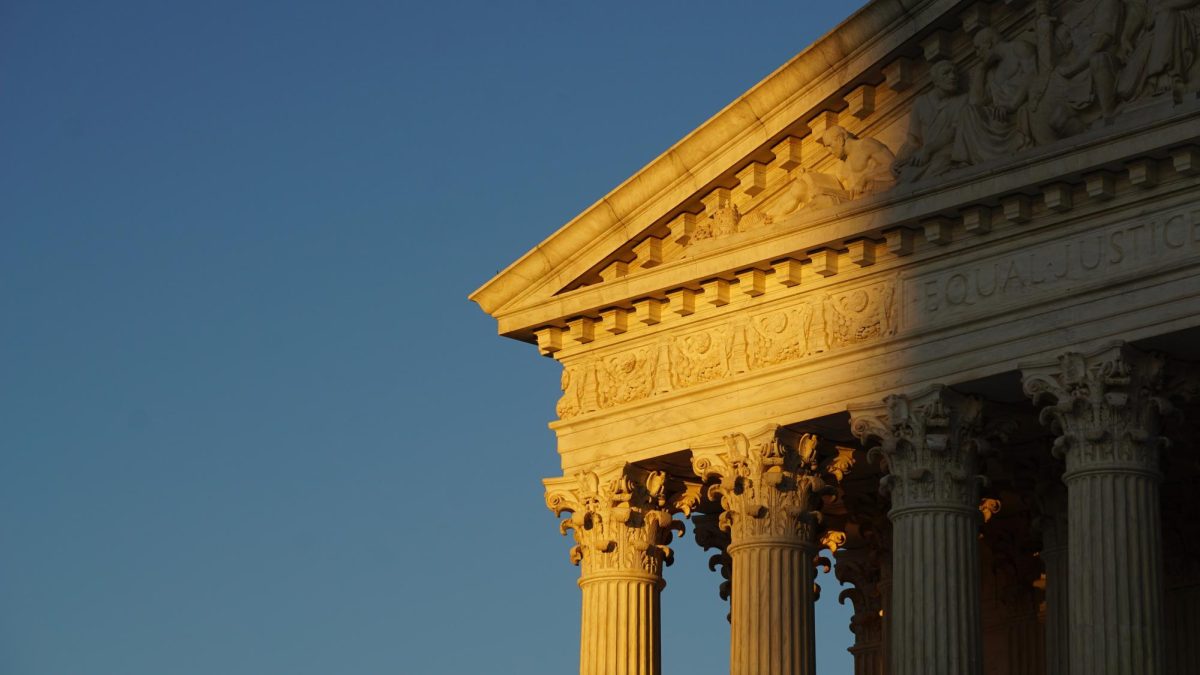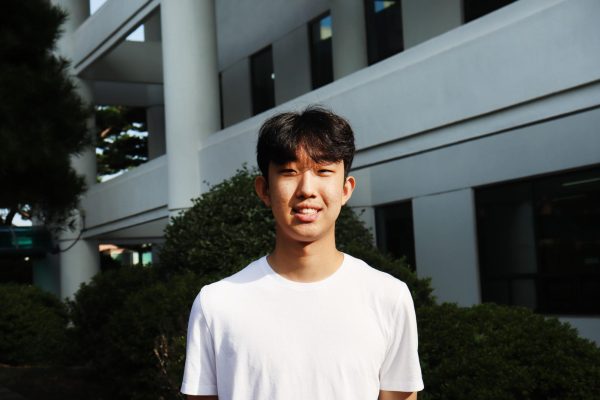Affirmative action, a blanket title for programs providing advantages and special consideration to historically disadvantaged and excluded groups, was struck down by the US Supreme Court on June 29.
For the majority of SIS high schoolers planning on applying to US colleges and universities, the Supreme Court’s decision to strike down affirmative action left many questions unanswered, including how Asians and Asian Americans should navigate the application process that is sure to look much different. But in any case, the Court’s decision to end the practice of race-conscious admissions will only hurt—not help—Asian Americans.
The ruling followed years of intense public discourse and controversy, with those in support asserting that these policies would counteract the lack of opportunity and history of systemic discrimination against racial minority groups, whereas opponents, including Asian Americans affiliated with Students for Fair Admissions, claimed that providing advantages to racial minorities was a discriminatory practice that went against meritocracy.
College admissions, however, was rarely a meritocratic system. The end to affirmative action will not make applying to college merit-based, either, given the existence of preferential treatment toward legacy students and donors. And as much as we tend to believe that highly qualified and privileged students deserve an offer of admission at a US college, they do not, including us SIS students.
Pointing fingers at affirmative action for allowing the admission of a “less-qualified” applicant over the valedictorian who seemed to do everything “right” only blinds us from the fact that Hispanics and Blacks are often disadvantaged due to a history of systemic racism.
While SIS students approaching or already deeply entrenched in the college application process may be tempted to celebrate the end of affirmative action, it is critical to understand the repercussions of the Court’s ruling.
This decision will undoubtedly drive down diversity on US college campuses, hurting everybody, including whites and Asian Americans. The fact that SIS is an ethnically homogenous school only makes it more important for SIS graduates to eventually learn to thrive in an ethnically diverse environment and learn to appreciate people and cultures outside of Korea.
Furthermore, the limited scope of the ban on affirmative action ultimately prevents it from even achieving its intended purpose. College essays, through which students can express their own identities and aspects of their background, have become an important legal loophole by which universities will still be able to consider race in admissions.
As a result, minority students who would rather write their essays in the ways in which they were meant to be written—on a topic of their choice that they think best demonstrates their unique character and achievements—would be tempted to write about their racial background, contributing to the tokenization of racial minority groups and leading to a heightened emphasis on racial differences.
Affirmative action was by no means a perfect solution. In fact, there is a degree of merit towards the claim that it limited opportunities for qualified students. However, it was a step in the right direction and a far better means of achieving equality than further siloing minority groups from the opportunities that US colleges offer and amending a flawed system. The end of affirmative action is not a victory for Asians but a major defeat for all racial minority groups.


